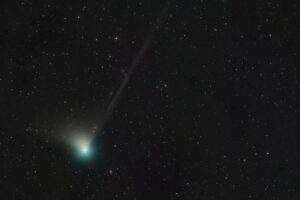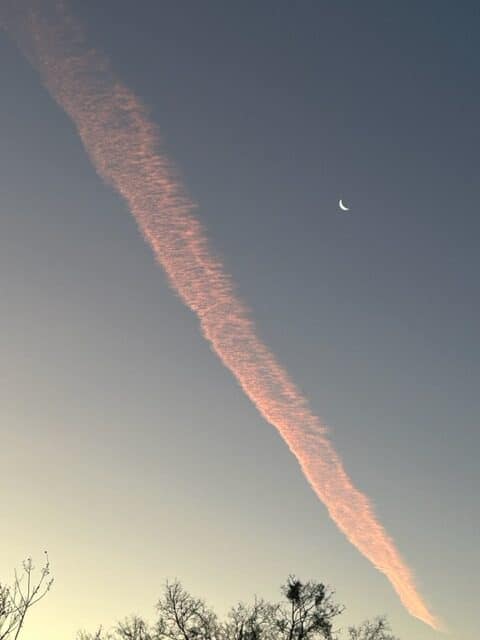Winter is turning the corner. We will have a Snow Full Moon on Sunday, February 5th. Watch for it around sunset. It will climb high in the sky and reach its highest point above us around midnight.
Snow Moon got its name in part from Captain Jonathan Carver, an American explorer, surveyor, and map maker. He spent much of his time in states like Wisconsin, Minnesota, and Iowa during the 1760s. Can you imagine the snow he must have seen? On average, February is the snowiest month of the year in the United States.
Some other names for February’s moon come to us from Native Americans. It was called Bald Eagle Moon by the Cree, Raccoon Moon by the Dakota, and Groundhog Moon by the Algonquin people.
February on the Space Coast boasts a full schedule. The Kennedy Space Center Visitor Complex at Cape Canaveral offers its “Astronaut of the Day” program. There will be six or seven different astronauts to tell you about what it’s really like to live and work in space. The Center also offers opportunities to tour the space shuttle Atlantis. A three-hour tour is led by director Mike Leinbach, the last launch director. Tour dates are Feb 9, 11, 23, and 25. Can you imagine getting up close to this giant shuttle and its booster rockets?
Did you know there is a Green Comet making an appearance in the January and February night sky? It goes by the name C/2022 E3 ZTF and was discovered back in March 2022. Its tail glows a rare green color due to diatomic carbon. This is the Green Comet’s first appearance by planet Earth in over 50,000 years. On a perfect night or early morning it will be visible by telescope or a pair of binoculars if you know when and where to look. There’s even a live stream of the comet provided by The Virtual Telescope Project on February 1st. That night the comet will pass within 26 million miles of us.
In February, SpaceX will continue launching the Falcon 9 rockets from Cape Canaveral. The only way to keep score is by doing an online search for future launch dates. Those dates and times are always subject to change. In January, I was able to see three SpaceX launches. I caught one at sunrise and another at sunset. Then there was a great launch on January 9th at midnight. Good photo opportunities from my front yard!
February finishes up with a First Quarter moon on the 27th. This “half moon” rises about 11:30 am and is visible in the night sky until nearly midnight. Did you know that sometimes February, with just 28 calendar days, doesn’t even have a full moon at all? With our moon’s lunar cycle averaging 29.5 days sometimes our shortest month gets left out. February is without a full moon about every 20 years. That will happen again in 2037!
Additional information:
Kennedy Space Center Visitor Complex
For upcoming tours and events, go to: kennedyspacecenter.com
The Virtual Telescope Project
To see a live stream of the Green Comet, go to: virtualtelescope.edu
They will present a live stream at 11 pm on Feb. 1. Previously recorded photos of the Green Comet are also on the website.
SpaceX Launches from Cape Canaveral
To keep posted on upcoming launches, go to: htttps://spacecoastlaunches.com


